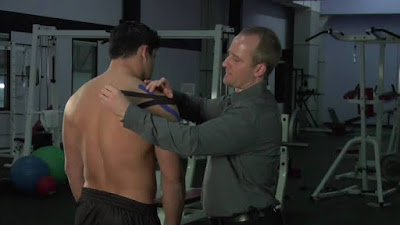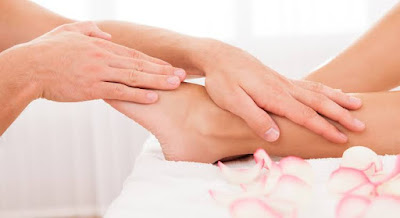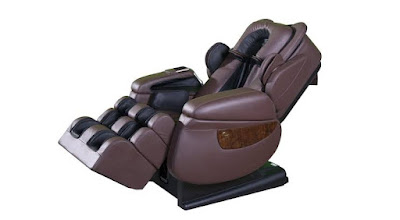Rotator cuff pain
Working with the rotator cuff muscles is easy if you familiarize yourself with the peculiar topology of the scapula. If this isn’t your strong suit: Find the spine of the scapula and follow it all the way medially (it will dip down and disappear) and laterally (it becomes the acromion process and shacks up with the clavicle).
Next, locate the medial border (you can pull it out laterally to expose the edge), follow it down to the inferior angle, and then find the lateral border. Follow that all the way up into the axilla.
Once you’ve found the spine and the lateral and medial borders, you’ve defined the triangle that contains infraspinatus. Hopefully, you’ve also found how mobile the scapula is!
Some things to note:
The position of the arm can change how you interact with all of these muscles, and how intense the sensation is. Try working with the rotator cuff while the arm is draped down the side of the table, or placed on a chair near the face cradle.
You may not be able to get the scapula to lift up on some clients. This can mean a few different things: You may need to do more warm-up work, or work with the shoulder for a few more sessions before things are loose enough. You may need to use the hand-behind-the-back trick, and/or elevate the shoulder toward the ceiling more (try a towel under the glenohumeral joint).
Some clients may be trying to “help,” causing them to engage the rotator cuff as you try to mobilize the scapula. Finally, the darned thing is just too glued down on some people. Mobilize the fascia surrounding it and call it a day.




Comments
Post a Comment